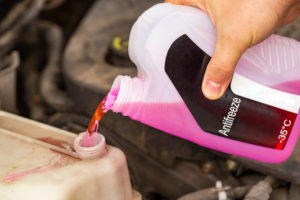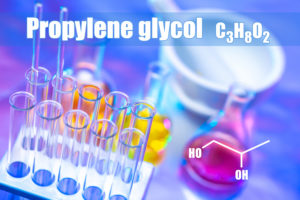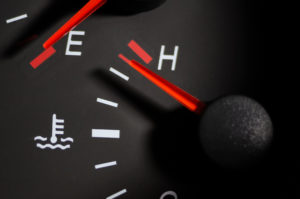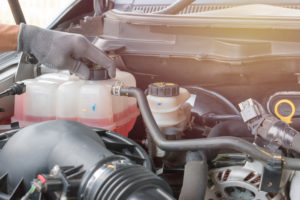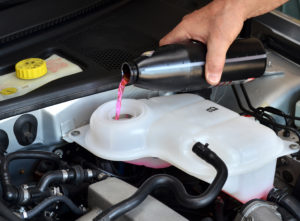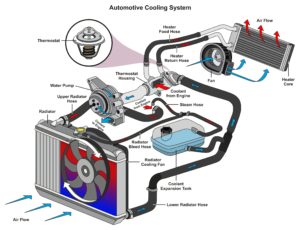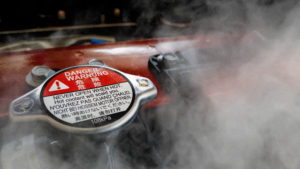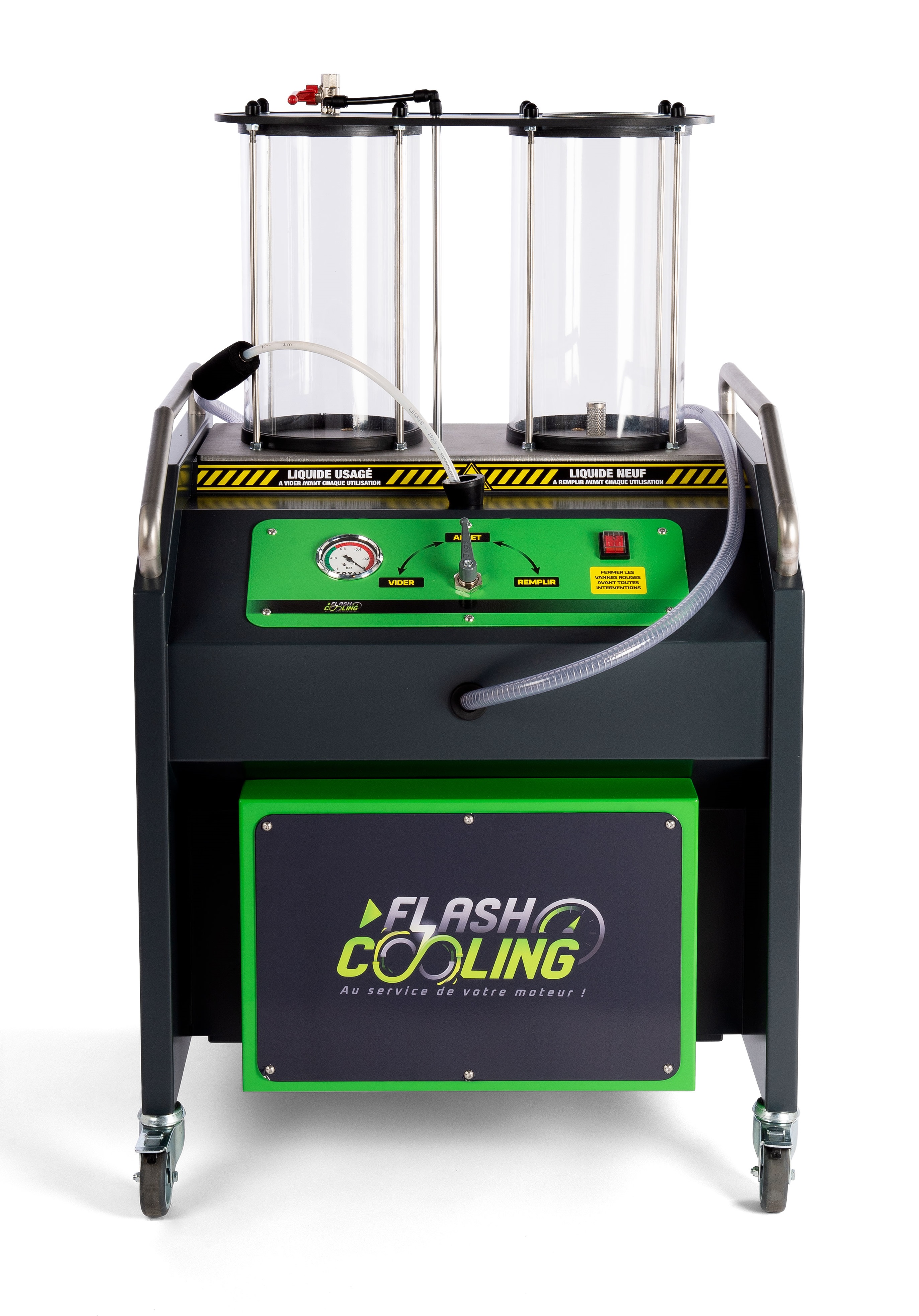The cooling circuit consists of a radiator, thermostat, hoses, water pump and coolant. Its role is to maintain the engine at an ideal operating temperature by protecting it from overheating and freezing. To protect radiators and thermostats, it is advisable to check and maintain the coolant regularly.
What is the role of the engine cooling radiator?
 The purpose of the radiator is to cool the coolant. The coolant will circulate in its inner bundle and transfer its heat to the metal cooling fins that surround the bundle.
The purpose of the radiator is to cool the coolant. The coolant will circulate in its inner bundle and transfer its heat to the metal cooling fins that surround the bundle.
It is associated with a fan that will produce a flow of air passing between the fins and dissipate the heat accumulated by the coolant.
What is the role of the thermostat?
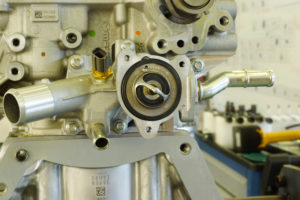 The coolant circuit thermostat is a valve that opens and closes, depending on the coolant temperature, to regulate the engine temperature.
The coolant circuit thermostat is a valve that opens and closes, depending on the coolant temperature, to regulate the engine temperature.
When the engine is cold, it prevents the circulation of coolant between the engine and the radiator to allow the engine to reach its optimum operating temperature as quickly as possible.
When the engine reaches this temperature, the thermostat gradually opens and hot coolant can flow to the radiator to be cooled.
How do radiators and thermostats get damaged?
The use of used coolant can negatively affect the proper operation of radiators and thermostats. A coolant with a lower pH will increase its acidity and therefore its corrosiveness. This corrosion causes solid particles to detach from the metal surfaces of the cooling system, creating a sludge that clogs the radiators and corrodes the thermostats.
The risks are either a failure of the radiator or thermostat or the appearance of leaks. In both cases, these two problems can have important consequences for the engine, even leading to its breakage.
How to protect radiators and thermostats?
For better protection of radiators and thermostats, it is advisable to check and replace a vehicle’s coolant regularly. This replacement keeps the coolant at the correct pH level so that the coolant is not too corrosive and does not damage the metal parts of the cooling system and therefore the radiators and thermostats.
How do I replace the coolant?
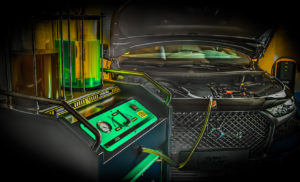 For fast and efficient coolant replacement, the Flash Cooling® station is the ideal tool. By connecting directly to the vehicle’s expansion tank, draining, purging and replacing the coolant can be done in minutes and without disassembly.
For fast and efficient coolant replacement, the Flash Cooling® station is the ideal tool. By connecting directly to the vehicle’s expansion tank, draining, purging and replacing the coolant can be done in minutes and without disassembly.


